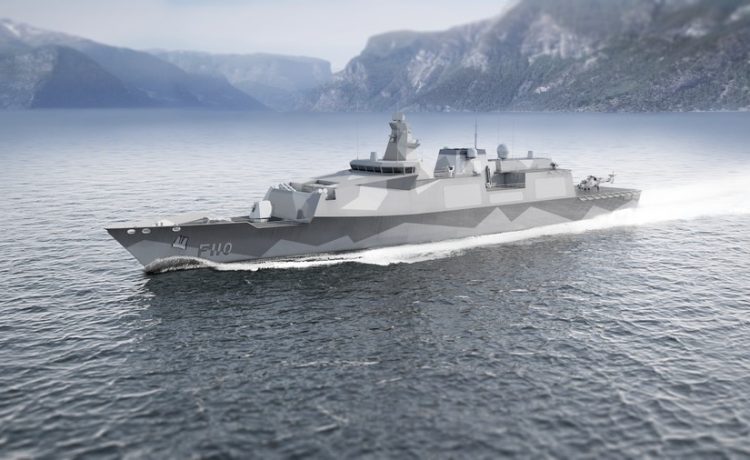Designing and managing a ship is far more than drawing blueprints or plotting courses. It involves a careful blend of engineering, sustainability, and operational strategy to create vessels that are safe, efficient, and cost-effective. In today’s global maritime industry—where fuel efficiency, environmental compliance, and technological innovation matter more than ever—understanding the fundamentals of ship design and management is essential. This guide explores key principles, modern trends, and best practices to help you grasp the full scope of this complex field.
Understanding the Fundamentals of Ship Design
Ship design begins with a detailed understanding of the vessel’s intended purpose. Whether it’s a cargo ship, passenger cruise liner, naval vessel, or luxury yacht, the design must meet functional and regulatory requirements while optimizing performance and safety.
Key Stages of Ship Design
- Conceptual Design – Engineers define the ship’s primary mission, capacity, and operating conditions. Factors like cargo type, speed, and route are analyzed to determine hull shape, size, and propulsion requirements.
- Preliminary Design – Naval architects create basic drawings, stability models, and performance calculations. Early cost estimates and regulatory checks are performed to ensure compliance with international maritime laws such as SOLAS (Safety of Life at Sea).
- Detailed Design – Structural, mechanical, and electrical systems are finalized. Computer-aided design (CAD) software plays a critical role here, ensuring accuracy and enabling 3D simulations for stress analysis and fuel efficiency.
A well-planned design reduces fuel consumption, enhances safety, and extends the vessel’s lifespan, directly impacting operational profitability.
Modern Trends in Sustainable Ship Design
Environmental regulations and rising fuel prices have reshaped the way ships are designed. Shipowners and naval architects are embracing greener technologies to meet International Maritime Organization (IMO) standards and reduce greenhouse gas emissions.
Key Innovations
- Energy-Efficient Hull Forms: Streamlined hulls minimize drag and improve hydrodynamic performance.
- Alternative Fuels: LNG (liquefied natural gas), hydrogen, and biofuels are replacing traditional heavy fuel oil to reduce emissions.
- Hybrid & Electric Propulsion: Battery-assisted engines and solar-powered systems lower carbon footprints.
- Smart Monitoring Systems: IoT-based sensors provide real-time data for fuel optimization and predictive maintenance.
These innovations not only protect the environment but also deliver long-term cost savings, making sustainable ship design a profitable investment.
Effective Ship Management: From Construction to Operation
Designing a ship is only half the challenge. Proper management ensures that the vessel operates efficiently throughout its service life. Ship management encompasses planning, crew coordination, maintenance, and financial oversight.
Core Aspects of Ship Management
- Operations & Logistics – Efficient scheduling, routing, and cargo handling reduce delays and operational costs.
- Safety & Compliance – Adhering to international maritime regulations like MARPOL and ISM Code is crucial for avoiding fines and ensuring crew welfare.
- Maintenance & Repairs – Regular inspections, dry-docking, and predictive maintenance extend the vessel’s operational lifespan.
- Crew Training & Welfare – Skilled crew members are the backbone of ship management. Ongoing training ensures safe navigation and technical proficiency.
Modern ship management increasingly relies on digital solutions such as fleet management software, which provides real-time tracking, fuel monitoring, and performance analytics to improve decision-making.
Balancing Cost, Safety, and Efficiency
The ultimate goal of ship design and management is to balance cost-effectiveness with safety and environmental responsibility. Cutting corners on design or maintenance can lead to expensive repairs, accidents, or regulatory penalties. Instead, shipowners should view design and management as long-term investments that enhance performance and reduce lifecycle costs.
- Cost Efficiency: Optimized hull designs and fuel-efficient engines lower operational expenses.
- Safety First: Advanced navigation systems, redundant safety mechanisms, and crew training programs prevent accidents.
- Environmental Compliance: Meeting IMO 2030 and 2050 emission targets protects both the planet and a company’s reputation.
Final Thoughts
Ship design and management form the backbone of a successful maritime operation. From the drawing board to daily voyages, every decision impacts performance, safety, and profitability. By integrating cutting-edge technologies, sustainable practices, and strong management strategies, shipowners and designers can create vessels that stand the test of time and meet the evolving demands of the global shipping industry.
Whether you’re an aspiring naval architect, a shipowner, or an investor in the maritime sector, understanding these principles ensures that your vessel is not only seaworthy but also future-ready.












